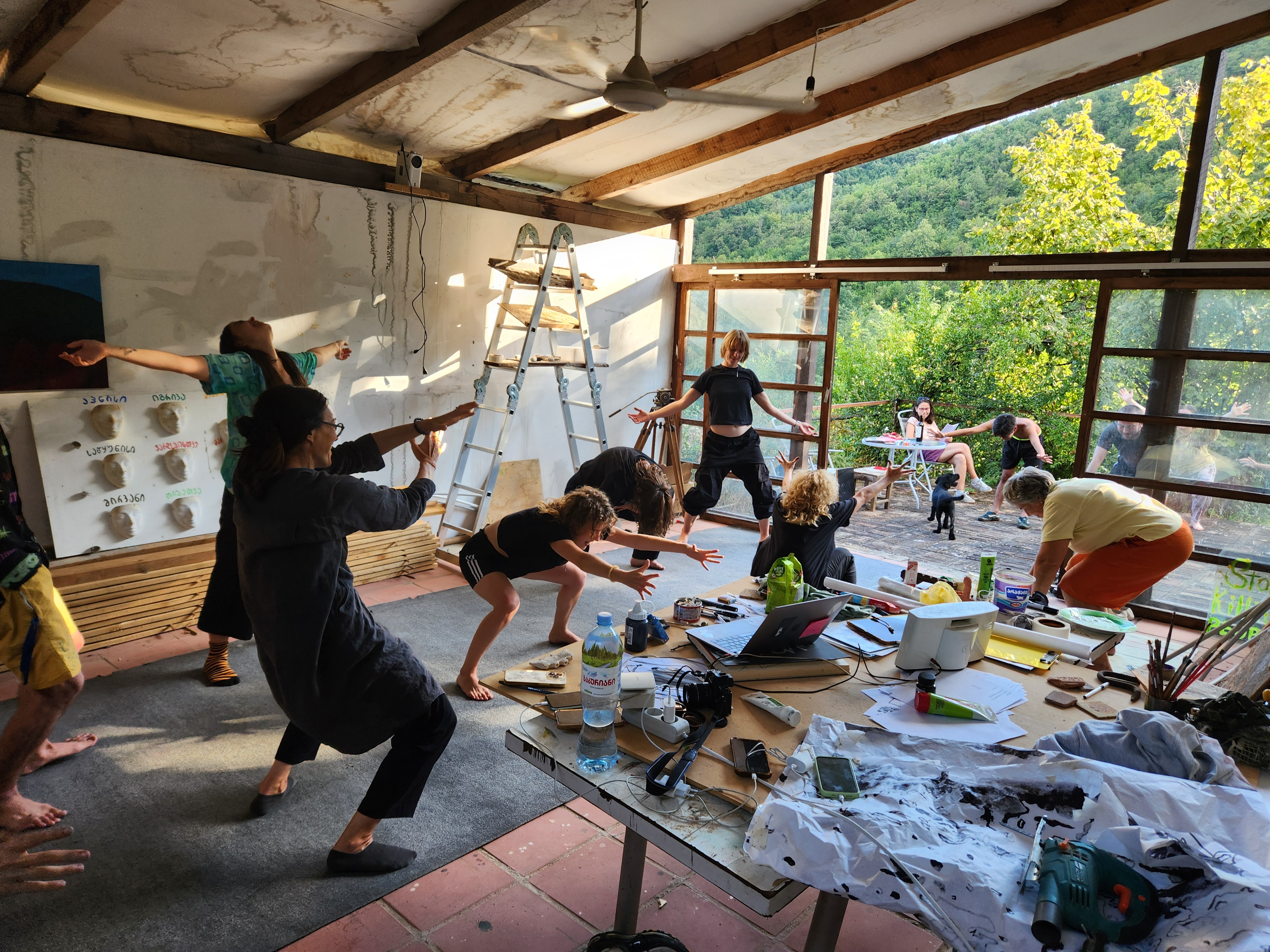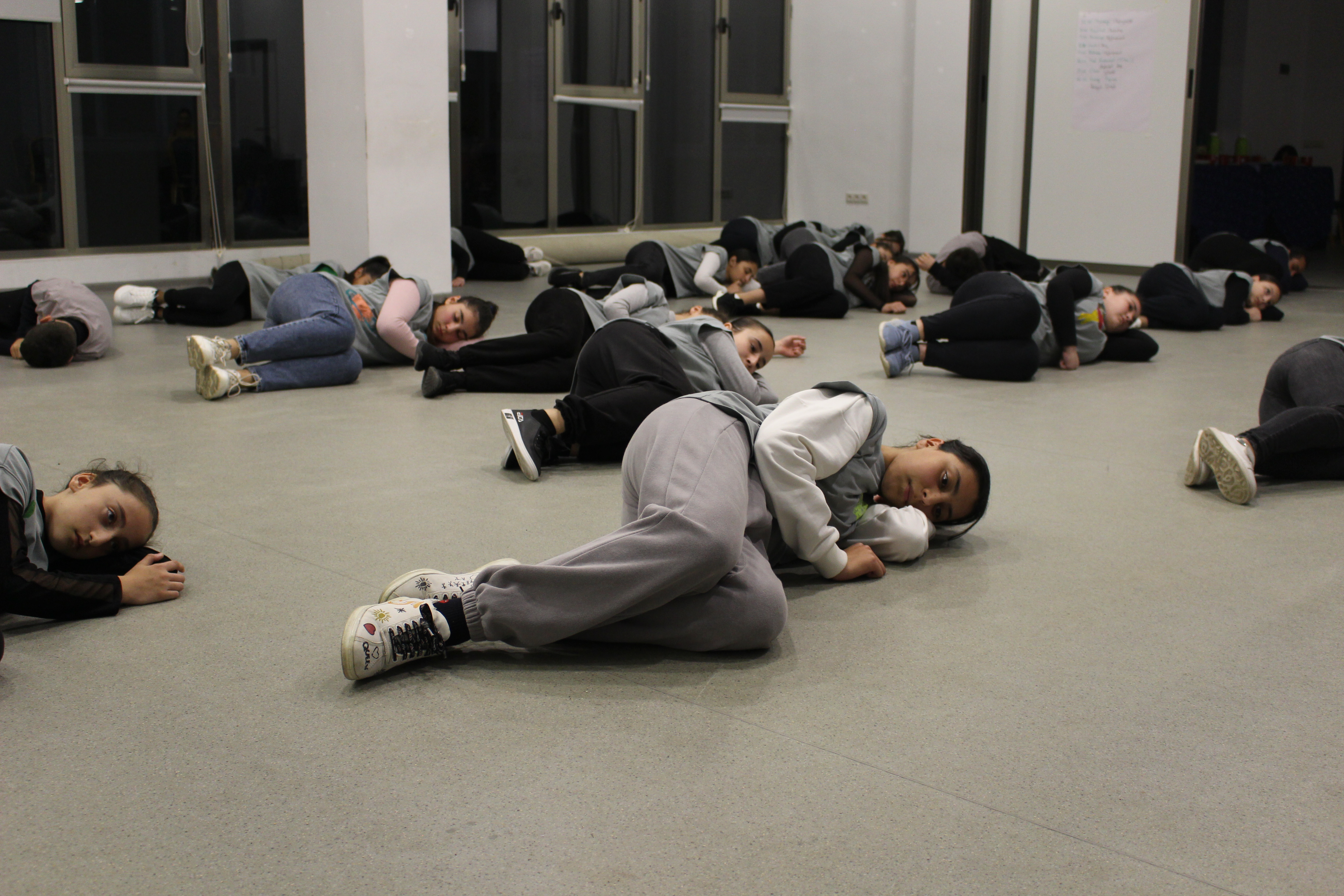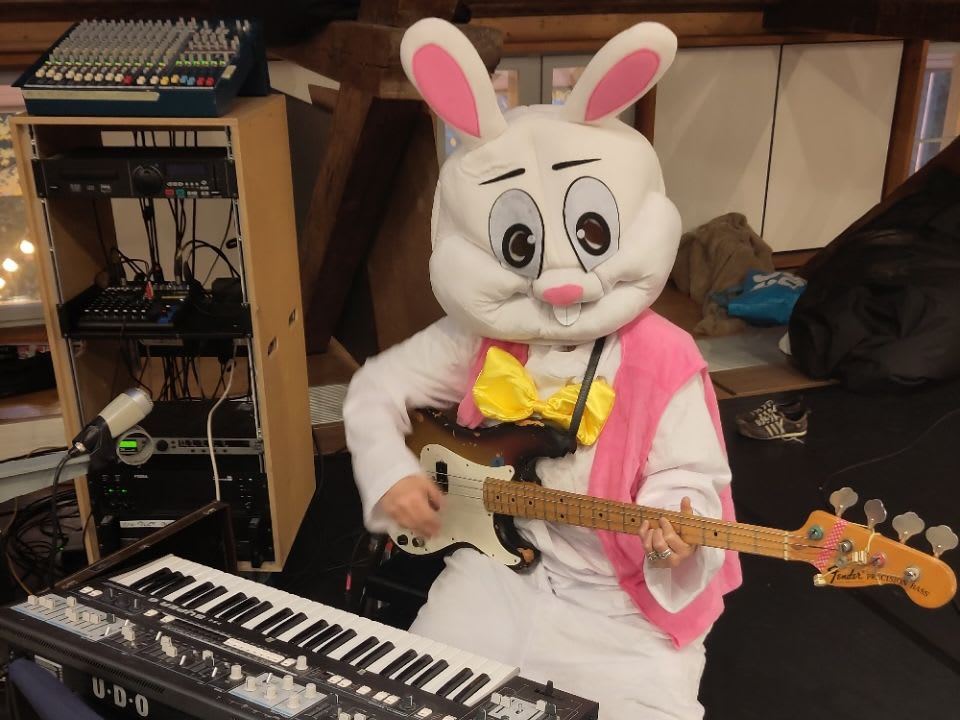Since it was established in 2012 artasfoundation has been working daily with these questions and has been active in the South Caucasus almost from the very beginning. Across more than sixty projects, the foundation has remained in an ongoing dialogue with artists from every region where it works. The foundation initiates and shapes its own projects. These are often best understood through the lens of aesthetic experience.
Around the world there are many answers, and hundreds of lived experiences, that have explored the role of the arts in transforming conflicts. One possible answer lies in how we understand aesthetic experience as a social phenomenon. This perspective suggests that participating in an aesthetic experience, across different artistic forms and disciplines, is, in itself, a step outside the logic of everyday life. A life that tends to demand productivity, responsibility, and measurable outcomes.
That functional relationship to action fades during aesthetic experience occupied with sensational relation. In that space, the focus shifts – not to outcomes, but to the experience itself. If we can imagine thousands of people engaging in experiences that are not driven by practical goals, but by a desire to understand themselves and others beyond usefulness or immediate impact, then we begin to see how our understanding of the world might expand. Emotional perception begins to matter as much as intellectual analysis.
A special moment of coming together
Mara Züst, an artist and member of the artasfoundation team, captured this profoundly when she described a moment from “Wishing Wishes”, a dance project in Dilijan, Armenia: “There was a magical moment. The 24 young people – girls and boys aged 12 to 17 – danced to warm up, danced to soft and wild music, their arms raised in smooth motions, circling each other in twisting movements, rhythms in their legs, and laughter on their faces. They had completed four workshops with the Swiss dancers and choreographers Meret Schlegel and Kilian Haselbeck, their dance teachers from the border villages of Berd, Ayrum and Koghb, the two musicians of the band Tiezerk from Yerevan, the interpreter Stella Loretsyan, and the founders of the Mihr dance company Shoghakat Mlke-Galstyan and her brother Tsolak. Everyone was now dancing together. A special moment of coming together across socially defined differences, whether age or nationality.”
This is one of the most powerful things arts can offer in (post-)conflict times: the ability to hold the complexity of emotions in spaces that, by their nature, cannot be violent, and cannot be reduced to identity-based conflict.
Art also offers space for shared action. Unlike other methods of organising social dialogue, particularly those aimed at negotiating new social contracts, art does not gather people around an actual or presumed conflict. Instead, it brings them together through a process of making. People don’t gather in aesthetic experience to declare something, but to create something together. And that creative experience is a transformative one. When it is disregarded in peacebuilding, something vital is lost. Something not easily restored or replaced.
“Tbilisi Crossroads” is an art residency that was conceived in 2024 mainly based on this idea, bringing artists from varied backgrounds and political views to come together in Arteli Racha, Chkvishi. It is led by Dagmar Reichert, founder and president of artasfoundation, Tamara Janashia, founder and director of United Gallery and artasfoundation team member Giorgi Rodionov. The residency brought together 11 artists from Georgia, Ukraine, Belarus, Russia, Poland, Palestine and Japan. All of them were living in Georgia at the time of the residency and all were dealing with the unpronounced divisions they lived in. Coming to Chkvishi, they mostly created together, examining how they could connect beyond their political and national divisions.



